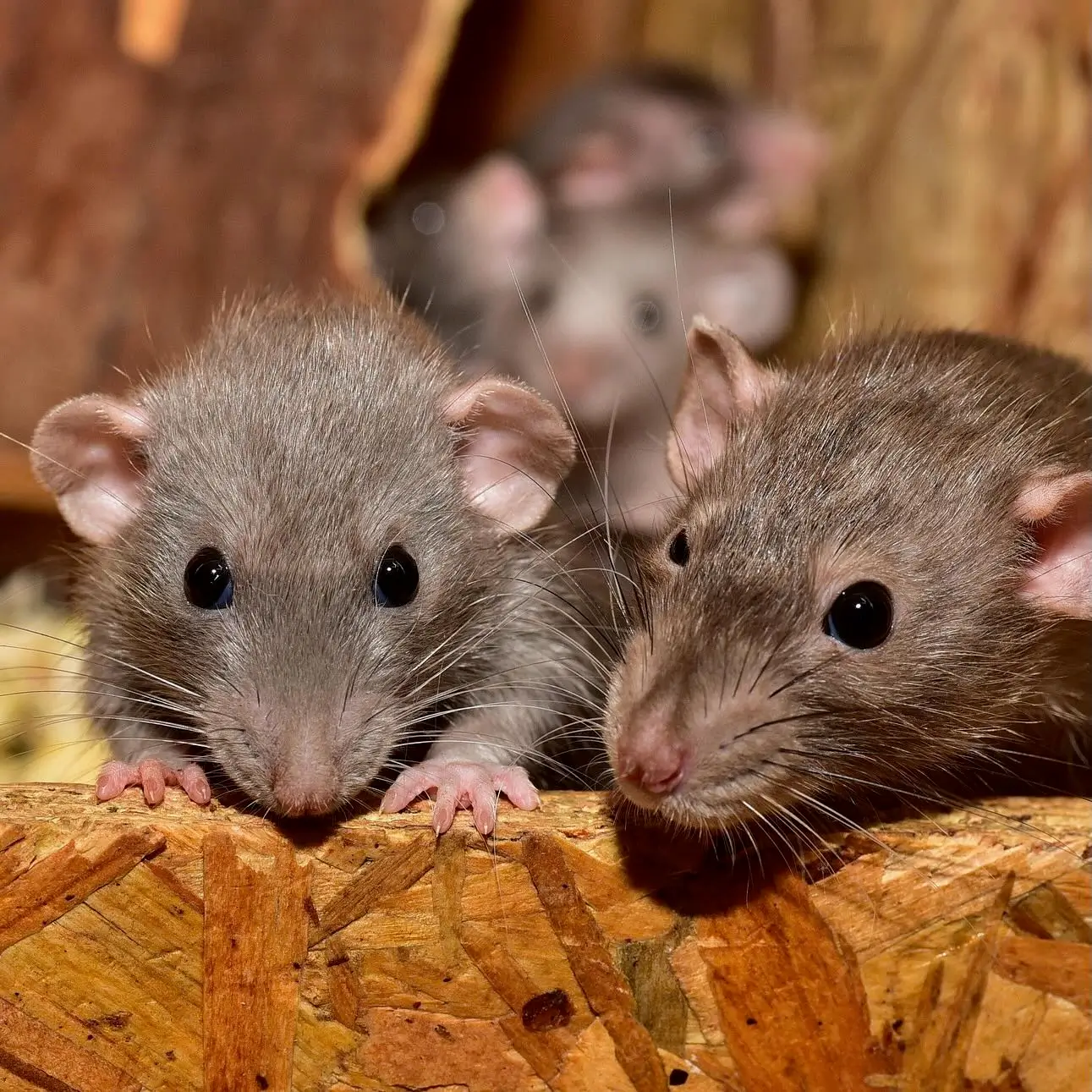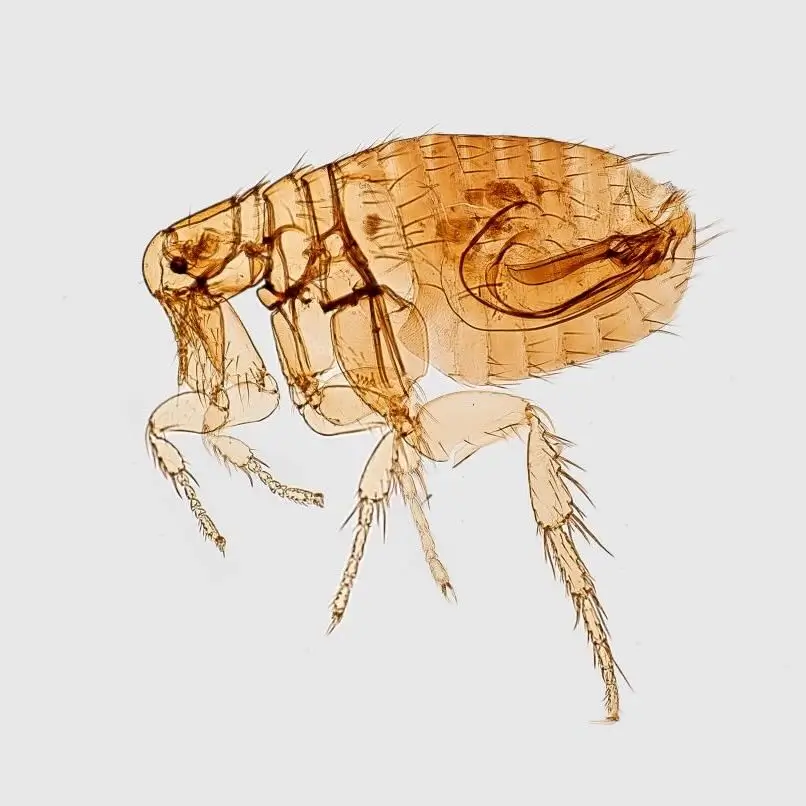Flea Treatments and More
Protect Your Property from Fleas with Safe, Effective, and Tailored Solutions. With Aetna Pest Control, Rest Assured that Your Fleas Will Be Gone. Safely.
Request a Quote
"*" indicates required fields

Common Flea Hotspots

Infestation Prevention

Signs of Flea Infestations
Signs of flea infestations include flea dirt—black specks of feces found on pets, bedding, or furniture—along with itchy bites that appear as small red welts, often on ankles or legs. Pets may scratch excessively, lose fur, or develop irritated skin. Flea eggs, tiny and white, may be found in carpets, pet bedding, or upholstery, while worm-like larvae hide in dark, undisturbed areas, signaling an active infestation.

How do infestations occur ?
Flea infestations occur when fleas hitch a ride on pets, rodents, or even humans, entering homes through direct contact or infested environments. Eggs and larvae thrive in carpets, pet bedding, and upholstery, hatching when conditions are right. Fleas can also enter from wildlife in yards or be brought in on secondhand furniture. Once inside, they reproduce rapidly, making prompt control essential to prevent a full-blown infestation.

Likely Hiding Spots for Fleas
Common flea hiding spots include pet bedding, carpets, rugs, and upholstered furniture, where eggs, larvae, and pupae settle deep in fibers. Cracks in hardwood floors, baseboards, and between floorboards also provide shelter. Fleas often hide in shaded, humid areas like beneath furniture or in pet resting spots. Outdoor locations, such as tall grass, shaded soil, and under decks, can harbor fleas brought in by wildlife or pets.
Fleas Q & A
See some common questions below for some information that can help with your flea Infestation
Look for pets scratching excessively, tiny black specks (flea dirt) in fur or bedding, and itchy bites on humans.
Fleas hitchhike indoors on pets, wildlife (e.g., rodents, birds, bats), or humans. Infested second-hand furniture or carpets can also introduce them.
Flea eggs and pupae survive vacuuming and over-the-counter sprays. Professionals target all life stages and combines various methods to ensure long-term protection against fleas.
While fleas prefer pets, they will bite humans if pets are unavailable. They don’t live on human skin but hide in nearby fabrics such as carpets.
Use monthly vet-approved flea treatments and wash pet bedding regularly. Check pets after outdoor activities and carefully comb through their fur. For wildlife, ensure that your pets do not interact with wildlife or limit the access of wildlife into your property as they are potential vectors of fleas.
Yes, flea treatments are safe for children and pets when conducted by certified professionals. Aetna’s technicians use approved products and adhere to strict safety protocols. To ensure maximum safety, keep children and pets away from treated areas and follow the recommended re-entry guidelines set out by the Aetna Technician